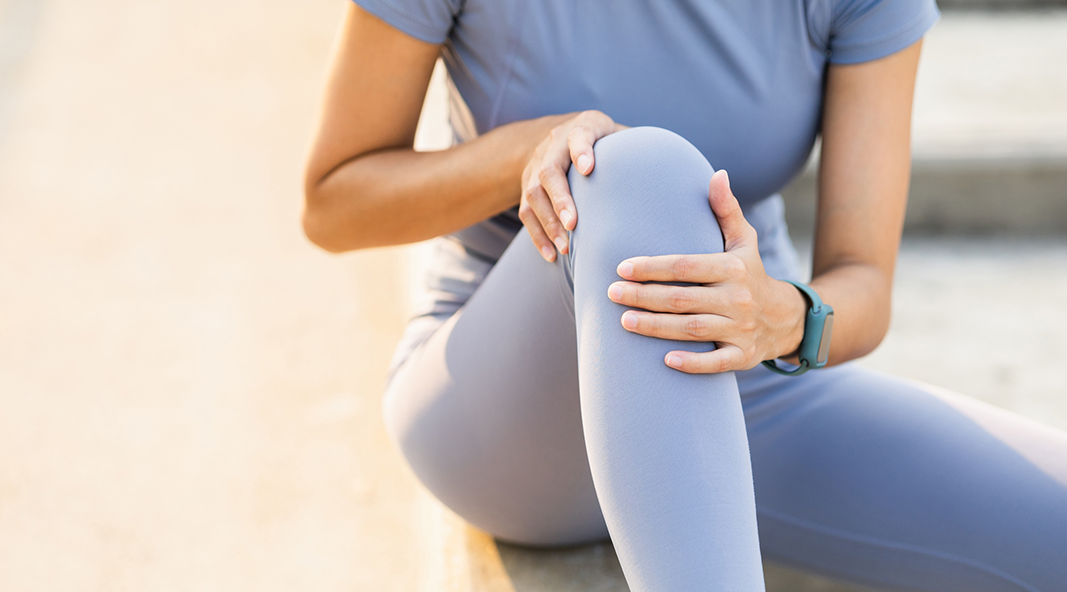
- by Anz
Meniscus Repair and Partial Meniscectomy
Injury Overview Meniscus is a very important part of the knee joint. It is a type of cartilage that serves as a shock absorber within the knee since very high

- by Anz
Shoulder Replacement Surgery
Osteoarthritis of the shoulder can be a debilitating condition among the older adult population. Typically beginning as arthritis, it can take years of wear and tear to cause osteoarthritis and

- by Anz
Arthroscopic Revision Rotator Cuff Repair
Injury Overview The rotator cuff muscles are a very important part of the shoulder joint because they are responsible for all forms of rotation and provide the shoulder the strength

- by Anz
Biceps Tenodesis
Injury Overview The biceps is a muscle (also referred to as the brachii muscle) that is located on the upper arm between the shoulder and the elbow. It is the

- by Anz
Subacromial Decompression
Injury Overview: Patients that experience shoulder pain and shoulder weakness due to bursitis are candidates for a treatment known as subacromial decompression. Bursitis and impingement can lead to pain, disability,
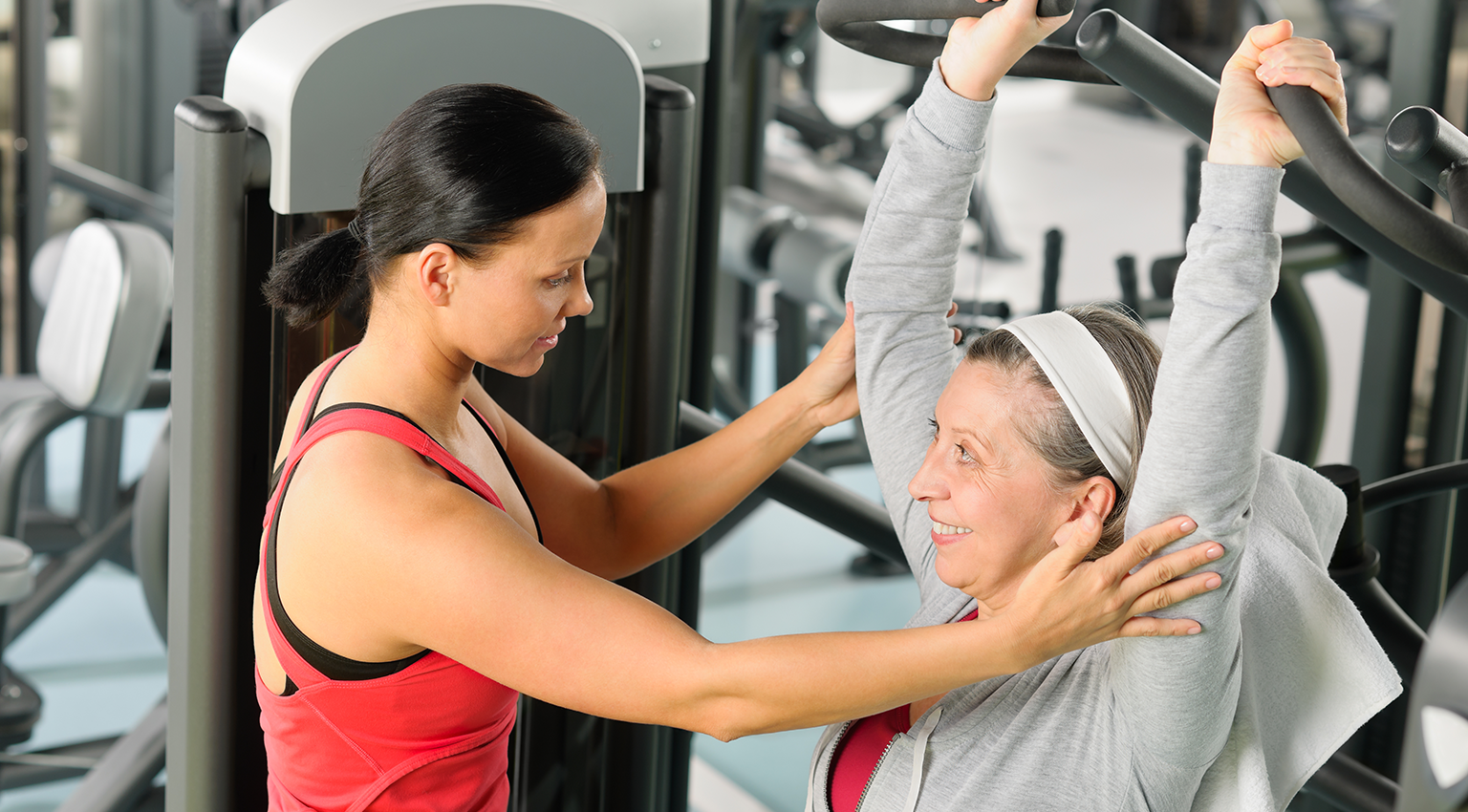
- by Anz
Arthroscopic Stabilization for Shoulder Instability
Injury Overview Shoulder dislocations are the result of the humeral head (ball) and glenoid area of the scapula (socket) to become pulled apart. Athletes who perform powerful overhead motions, such
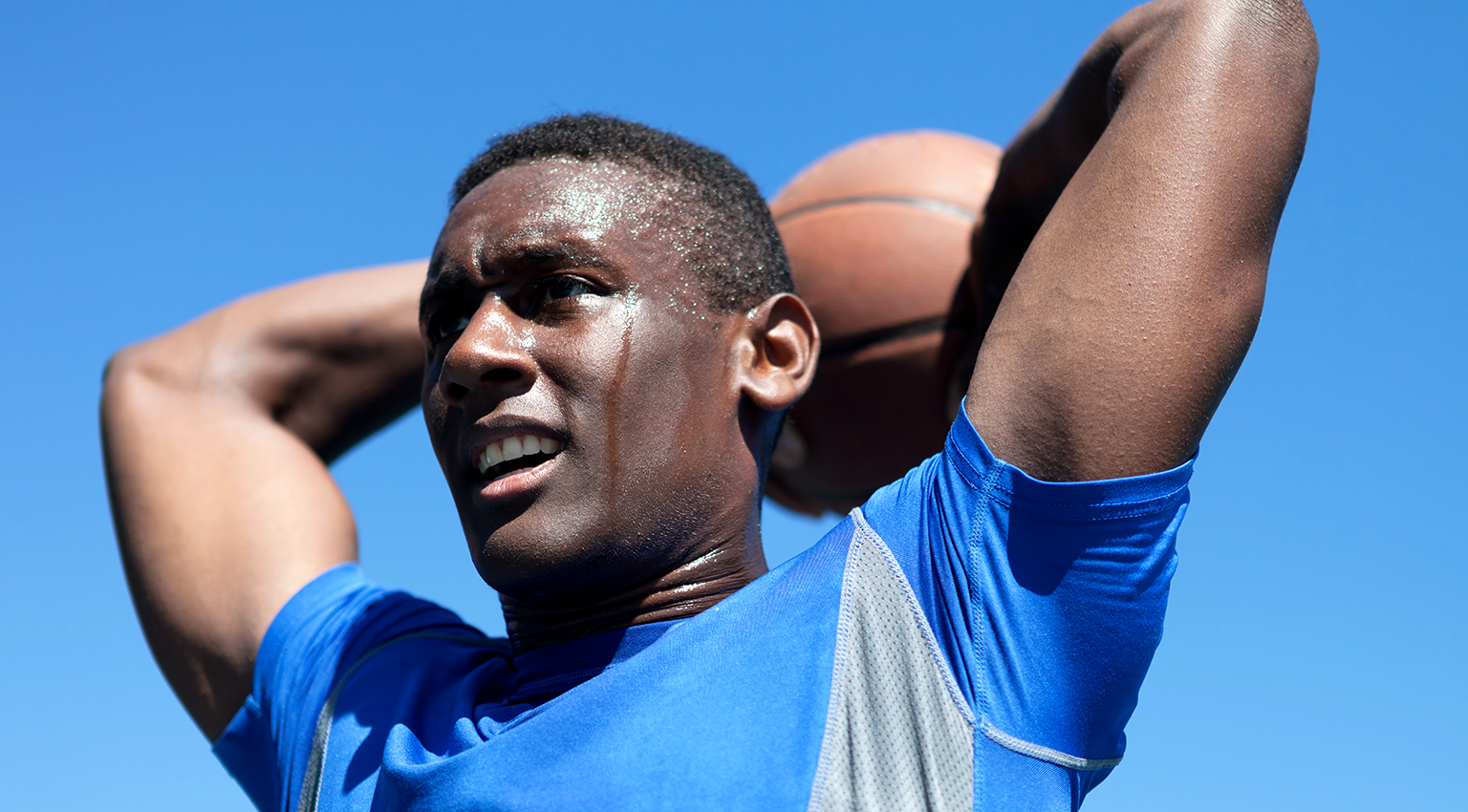
- by Anz
Arthroscopic AC Repair
Injury Overview The collarbone (clavicle) attaches to the roof of the shoulder (acromion) in a joint referred to as the acromioclavicular joint. The collarbone is also stabilized in this area

- by Anz
Reverse Total Shoulder Replacement Surgery
Arthritis of the shoulder is a common, degenerative condition that affects the adult population. Sometimes brought on from a previous shoulder injury, and other times developing due to the aging

- by Anz
Clavicle Fracture Fixation
Injury Overview The collarbone (clavicle) of the shoulder can become fractured from a direct hit or a fall onto the shoulder. This is a common injury for athletes and frequently

- by Anz
Rotator Cuff Repair with Augmentation (Graft Reinforcement)
The rotator cuff is made up of muscles and tendons that surround the shoulder joint. It is responsible for centering the ball in the socket of the shoulder and helps

- by Anz
Arthroscopic Rotator Cuff Repair
Rotator cuff injuries are common injuries among athletes. They occur when one of the four rotator cuff muscles are injured or damaged. The rotator cuff muscles involve four muscles that

- by Anz
Joint Preservation and Cartilage Restoration
Osteoarthritis can occur in the shoulder as a result of an injury or a degenerative process that comes with aging. This is usually associated with wearing away of the once

- by Anz
Subacromial Impingement
Injury Overview In many individuals, repetitive use of the shoulder can result in painful symptoms that make everyday activities difficult to perform. Subacromial impingement is one specific condition that affects

- by Anz
Sternoclavicular Joint Injuries
The sternoclavicular (SC) joint is a major joint of the upper body that is formed by the articulation of the collarbone (clavicle) and the center of the chest (manubrium). Most

- by Anz
Shoulder Fractures
Injury Overview Fractures that occur within the structure of the shoulder joint can appear as a break or a crack in the bone on an X-ray. A shoulder fracture is

- by Anz
Scapulothoracic Bursitis (Snapping Scapula)
Injury Overview The scapulothoracic joint is located in an area where the shoulder blade (scapula) meets and moves along the chest wall. The motion of the scapula is normally smooth

- by Anz
Rotator Cuff Injuries
Injury Overview Rotator cuff injuries are a very common cause of shoulder dysfunction in both young and old patients. The rotator cuff is comprised of a group of four muscle-tendon

- by Anz
Labral and SLAP Tears
Injury Overview The labrum is a type of cartilage found in the shoulder that surrounds the socket (glenoid) and has two primary functions: 1) to deepen the socket so that

- by Anz
Frozen Shoulder
Injury Overview Frozen shoulder, also known as adhesive capsulitis, is a condition characterized by inflammation and stiffness in the shoulder joint which can restrict motion and cause chronic pain. Also
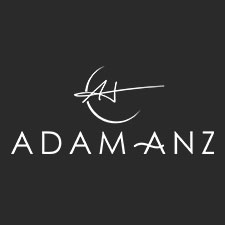
- by Anz
Dislocated Shoulder and Shoulder Instability
Injury Overview The shoulder joint offers the largest range of motion in the human body. Made up of three bones: the humerus (arm bone), the scapula (shoulder blade), and the

- by Anz
Biceps Tendonitis
Injury Overview: Biceps tendonitis of the shoulder is an inflammatory condition of the long head biceps tendon that affects the area where the bicep muscle meets the front of the
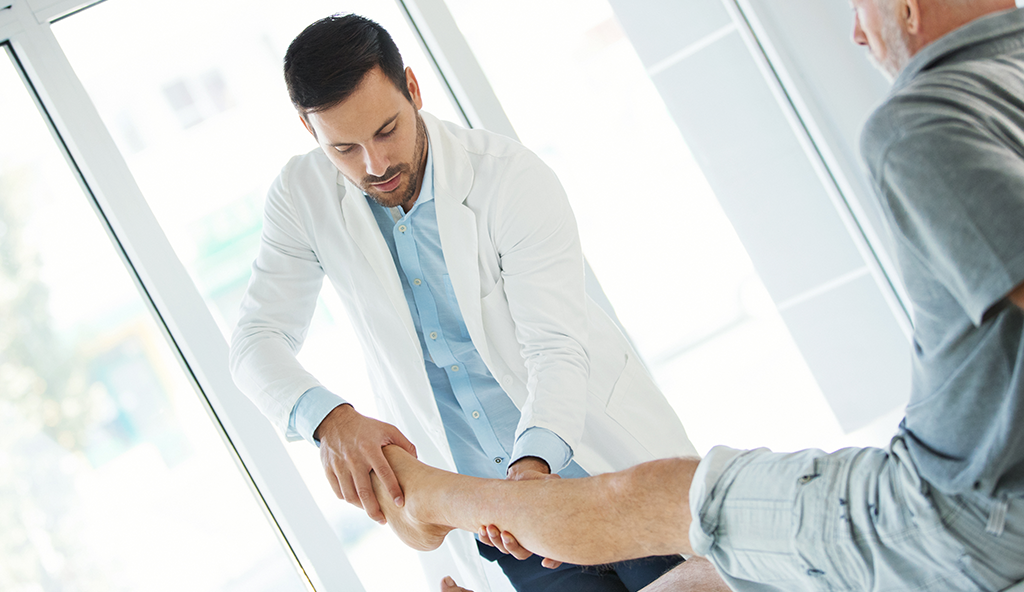
- by adam-anz
Malalignment of the Lower Extremity
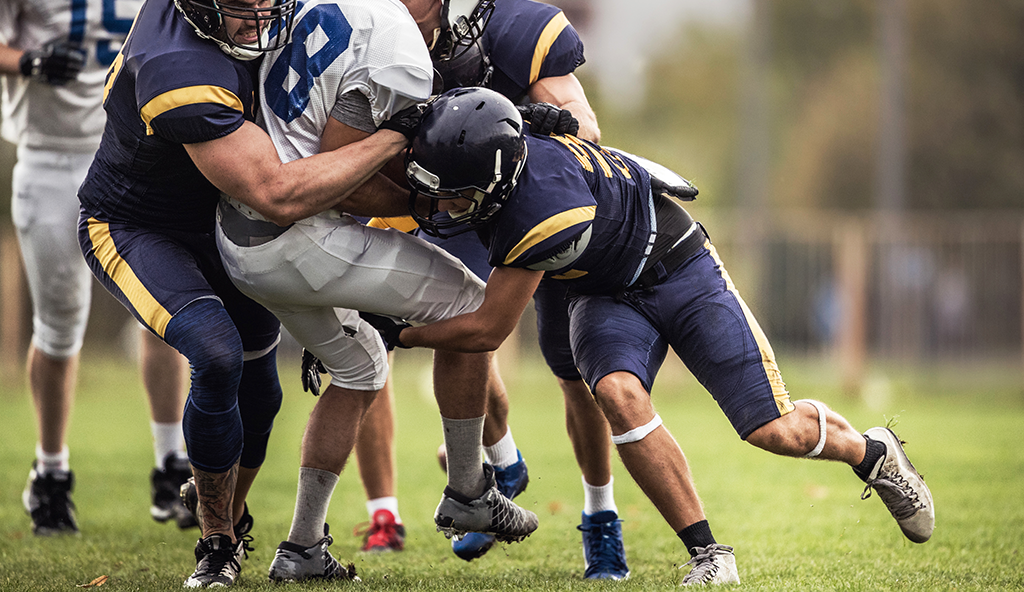
- by adam-anz
MCL Knee Injuries
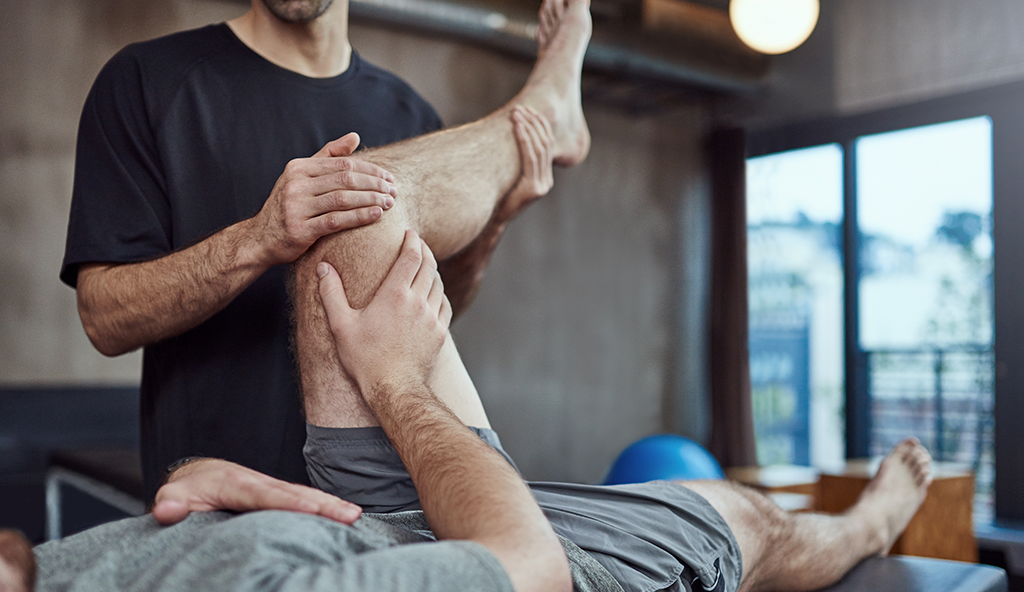
- by adam-anz
ACL Reconstruction
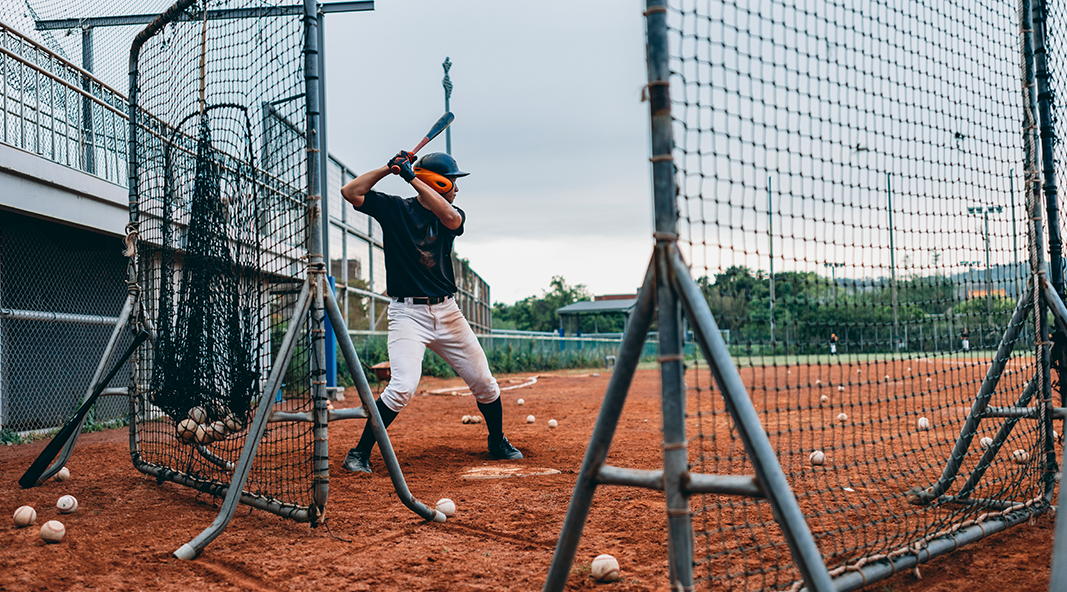
- by adam-anz
Rehabilitation Protocol: Superior Labral (SLAP) Repair Protocol with Biceps Tenodesis
Background & General Considerations Superior Labrum from Anterior to Posterior (SLAP) Tears: At times athletes collect minor injuries to the rotator cuff and/or labrum that progress to unstable structures. Labral
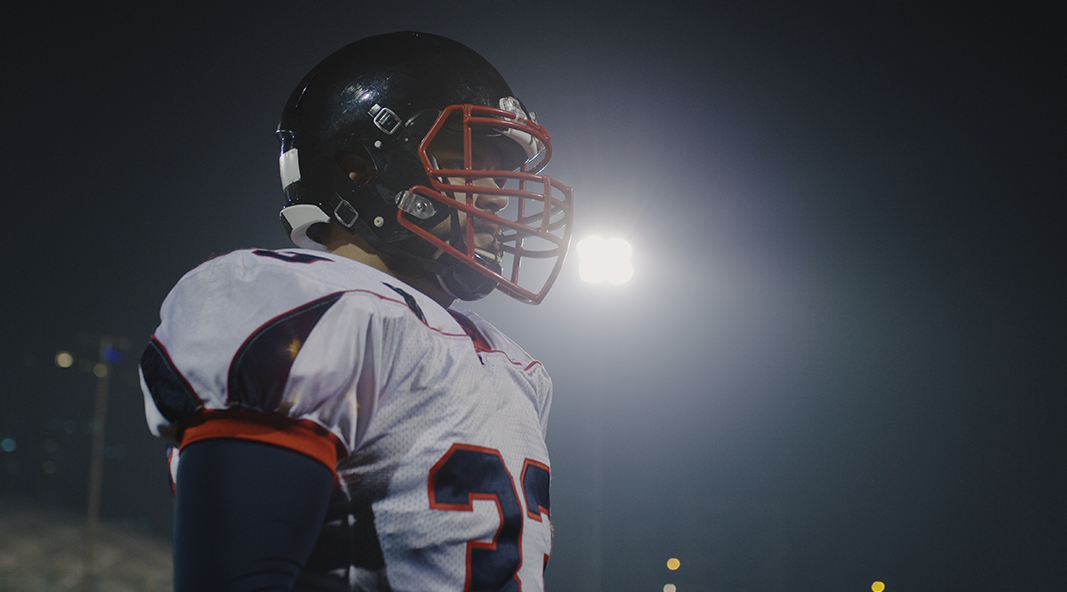
- by adam-anz
Rehabilitation Protocol: Superior Labral (SLAP) Repair Protocol
Background & General Considerations Superior Labrum from Anterior to Posterior (SLAP) Tears: At times athletes collect minor injuries to the rotator cuff and/or labrum that progress to unstable structures. Labral
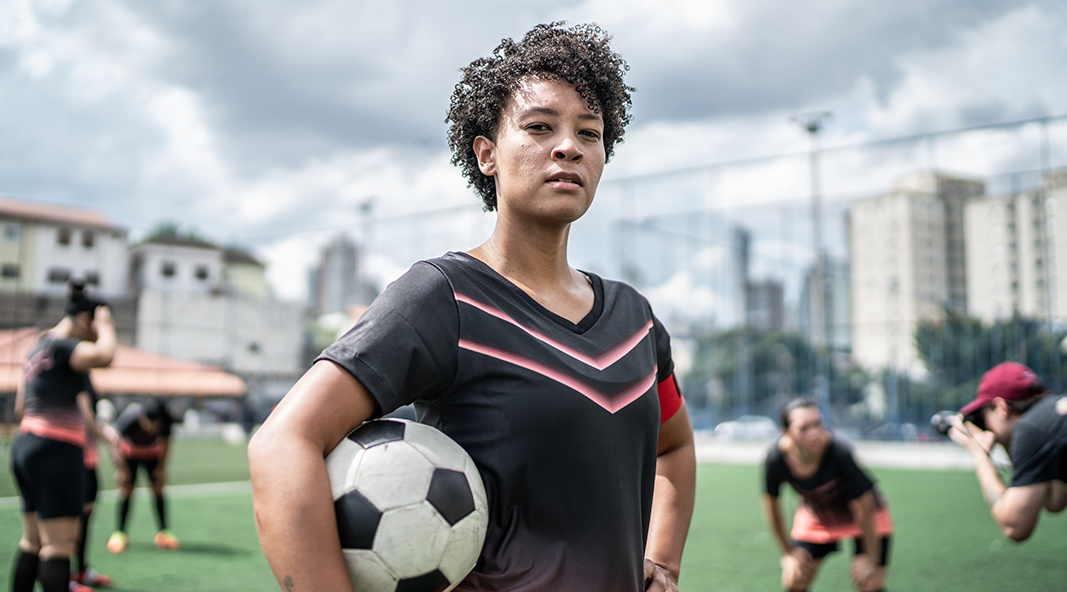
- by adam-anz
Rehabilitation Protocol: Labral/Rotator Cuff Debridement
Background & General Considerations Low-Grade Labral/Rotator Cuff Tears: At times athletes collect minor injuries to the rotator cuff and/or labrum. Fraying of these tissues are also called “low-grade” tears. Smoothing
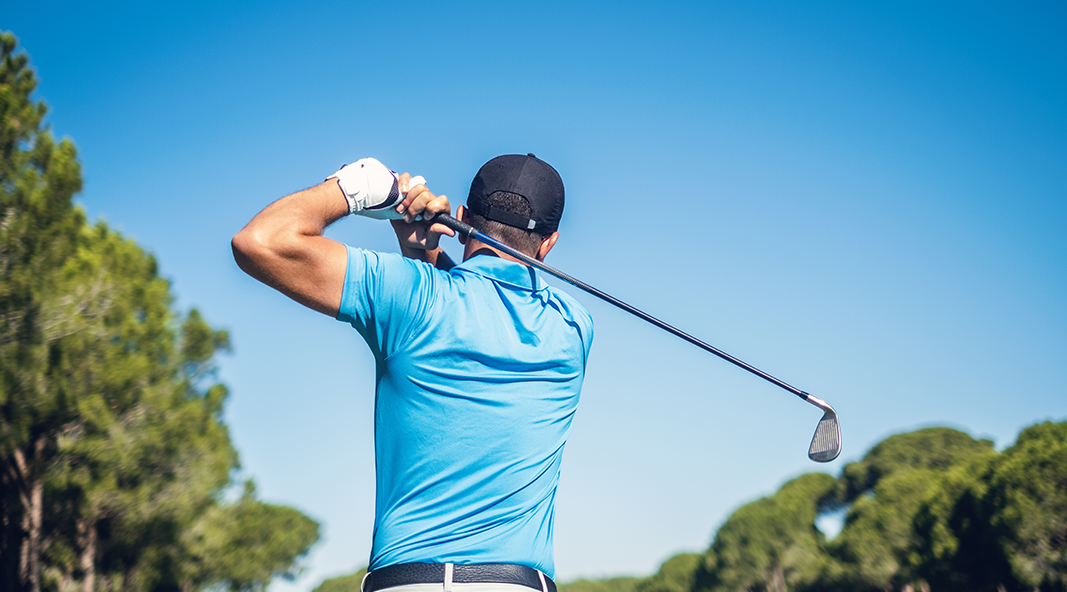
- by adam-anz
Rehabilitation Protocol: Small Rotator Cuff Repair/Debridement
Background & General Considerations Low-Grade/Small Rotator Cuff Tears: At times rotator cuff tissue collects minor injuries or small tears. Fraying of these tissues are also called “low-grade” tears and small
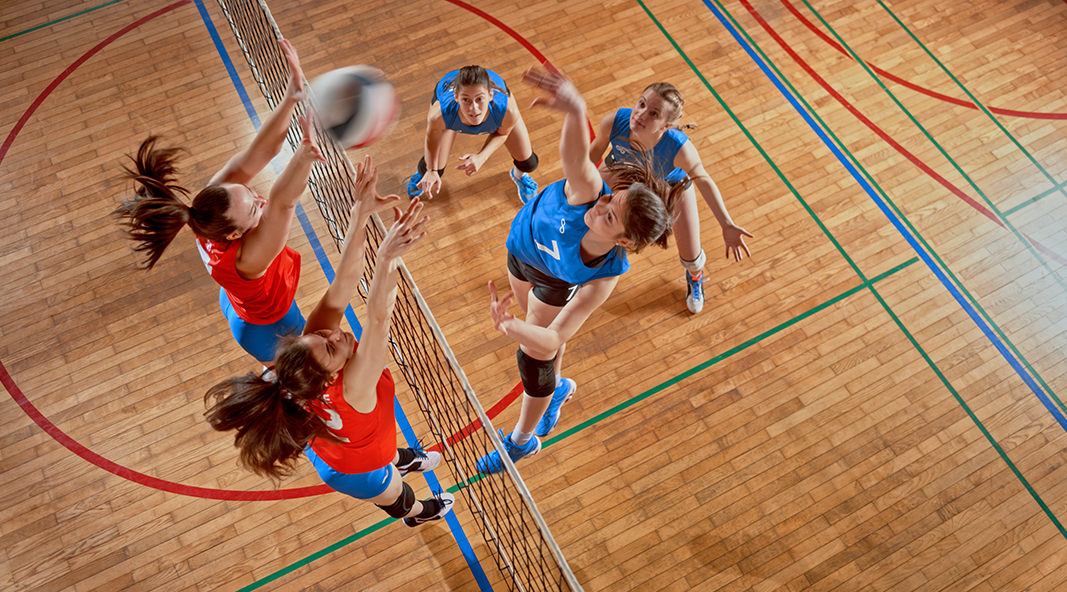
- by adam-anz
Rehabilitation Protocol: 360 Degree Tears – Arthroscopic Anterior, Posterior, and Superior Labral Repair
Background & General Considerations Anterior-Inferior and Posterior-Inferior Labral Tears: With a first-time severe dislocation of the shoulder or chronic shoulder instability in multiple directions can create “360 degree” complete tears
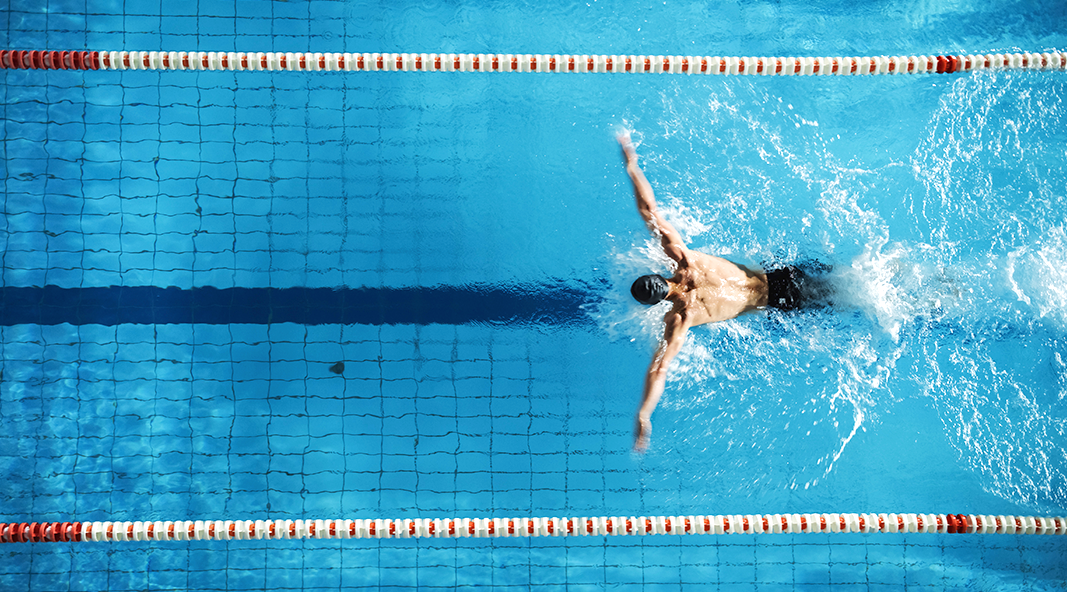
- by adam-anz
Rehabilitation Protocol: 270 Degree Tears Arthroscopic Anterior-Inferior and Complete Posterior Labral Repair
Background & General Considerations Anterior-Inferior and Posterior-Inferior Labral Tears: With a first-time dislocation of the shoulder, the anterior inferior labrum is torn, often called a “Bankart Lesion”. If this shoulder
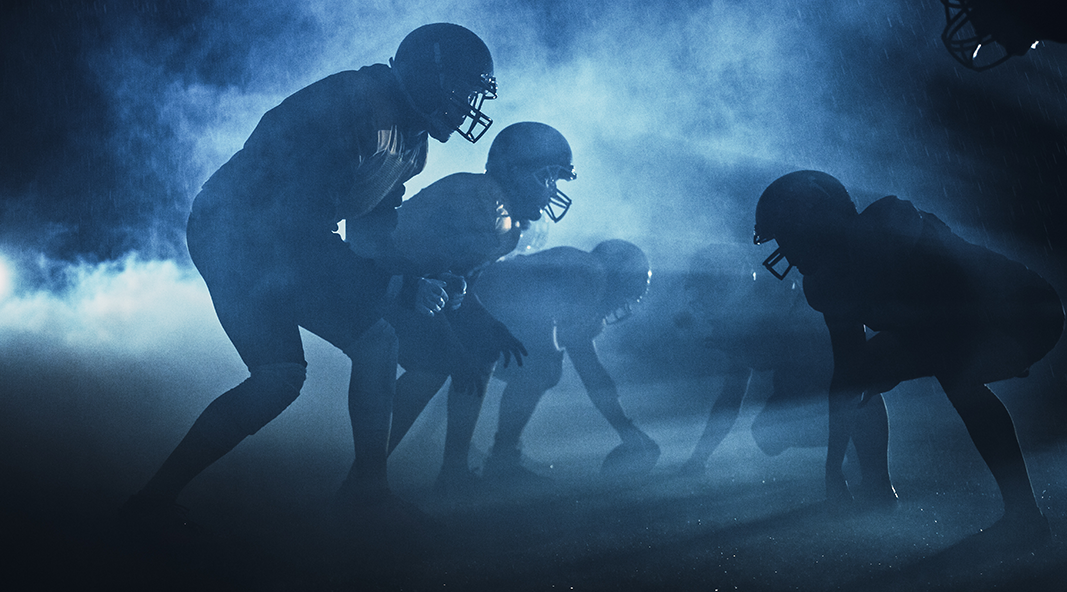
- by adam-anz
Rehabilitation Protocol: Massive Rotator Cuff Repair
General Considerations Background and General Considerations: Massive Rotator Cuff Tears/Maturation Time: Massive rotator cuff tears are defined as rotator cuff tears with over two of the four rotator cuff tendons
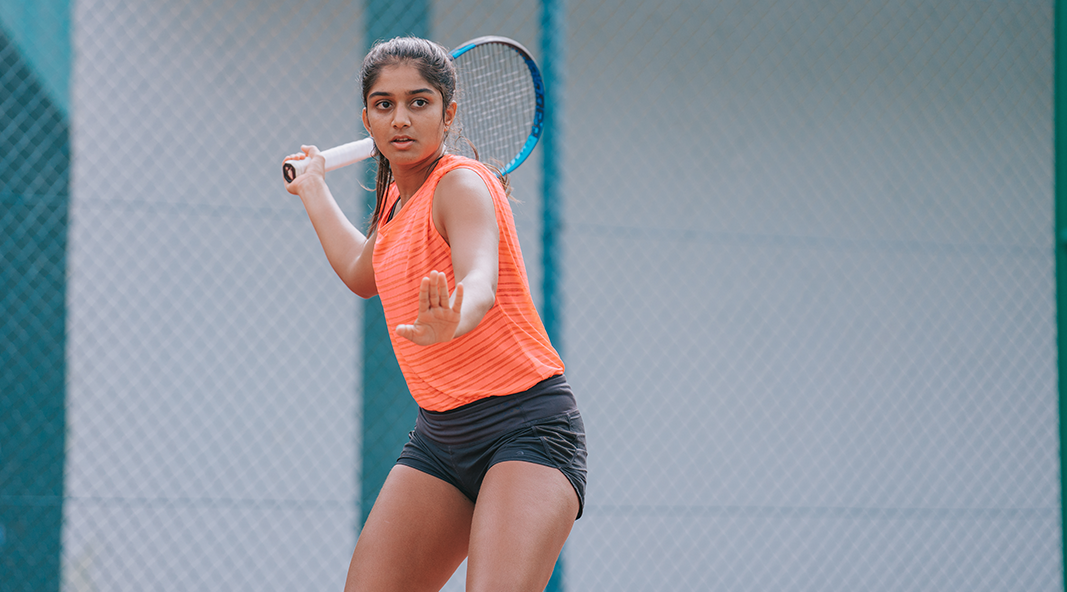
- by adam-anz
Rehabilitation Protocol: Large Rotator Cuff Repair
Background & General Considerations Large Rotator Cuff Tears/Maturation Time: Large rotator cuff repairs require a significant amount of protection. Tendon-to-bone healing starts to get competent at 6 weeks but likely

- by adam-anz
ACL Surgery Pace, FL
ACL Surgery in Pace, Florida. Considerations: Dr. Anz cares for a wide range of world-class athletes, patients, and executives from across the Gulf Coast, including Pace, Florida, daily. Dr. Adam
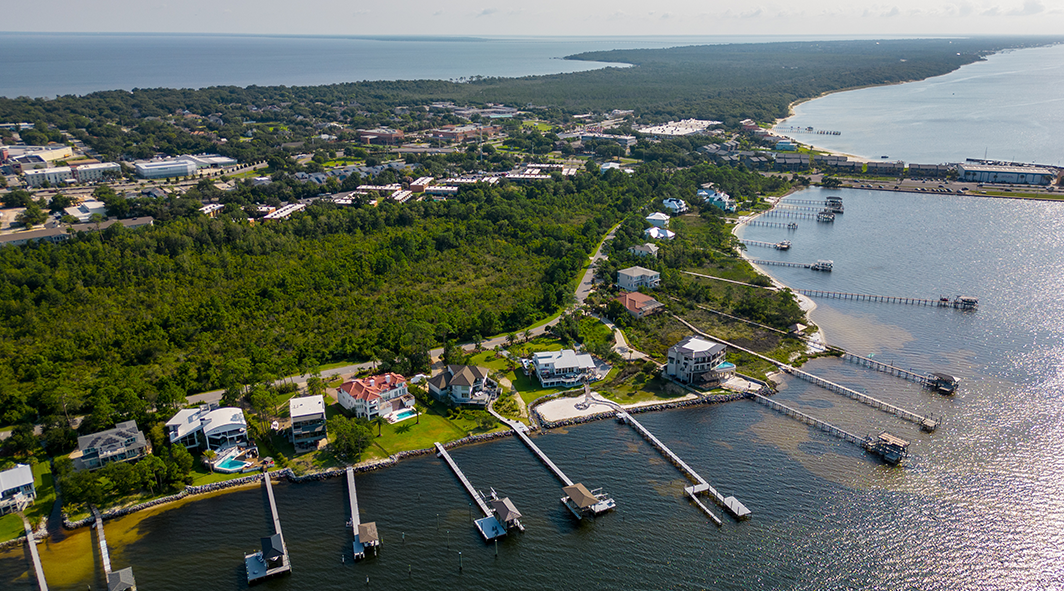
- by adam-anz
ACL Surgery Gulf Breeze, FL
ACL Surgery in Gulf Breeze, Florida. Considerations: Dr. Anz cares for a wide range of world-class athletes, patients, and executives from across the Gulf Coast, including Gulf Breeze, Florida, every
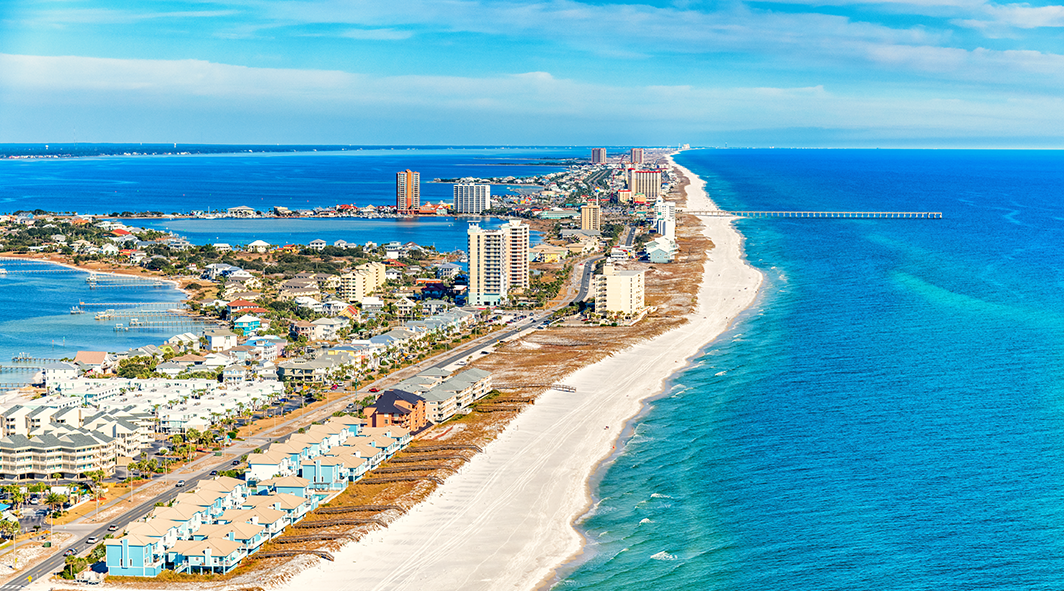
- by adam-anz
ACL Surgery Pensacola, Florida
ACL Surgery in Pensacola Florida. Considerations: Dr. Anz cares for a wide range of world-class athletes, patients, and executives from across the Gulf Coast, including Pensacola, Florida, every day. Dr.
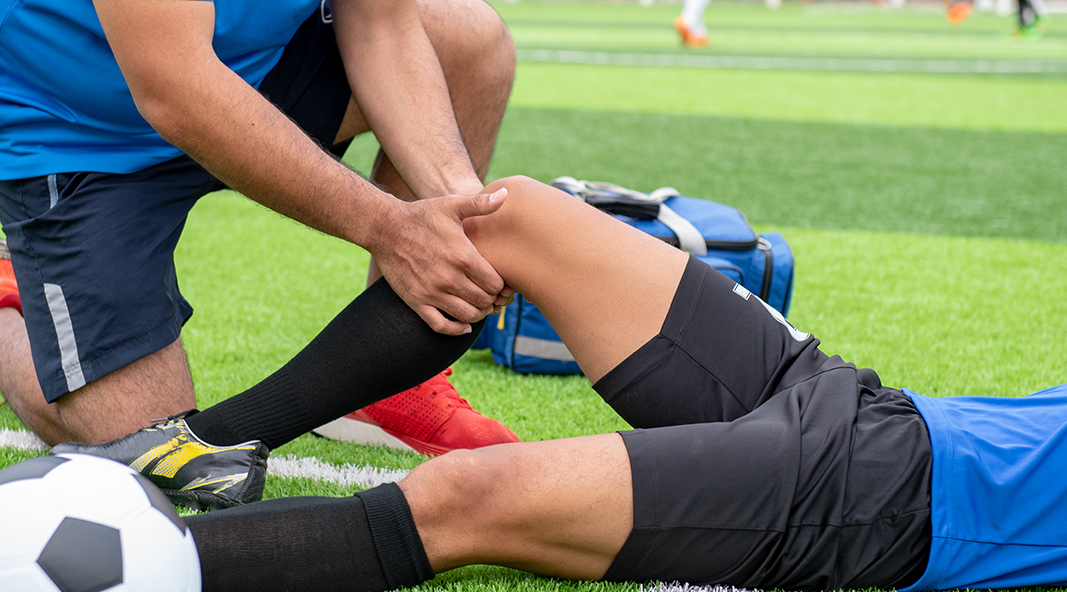
- by adam-anz
Rehabilitation Protocol Overview: Minor Meniscus Repair
General Considerations Meniscus Repair Considerations: Flexion over 90 degrees loads the back of the meniscus, which is the area where tears most often occur. For this reason, flexion is controlled
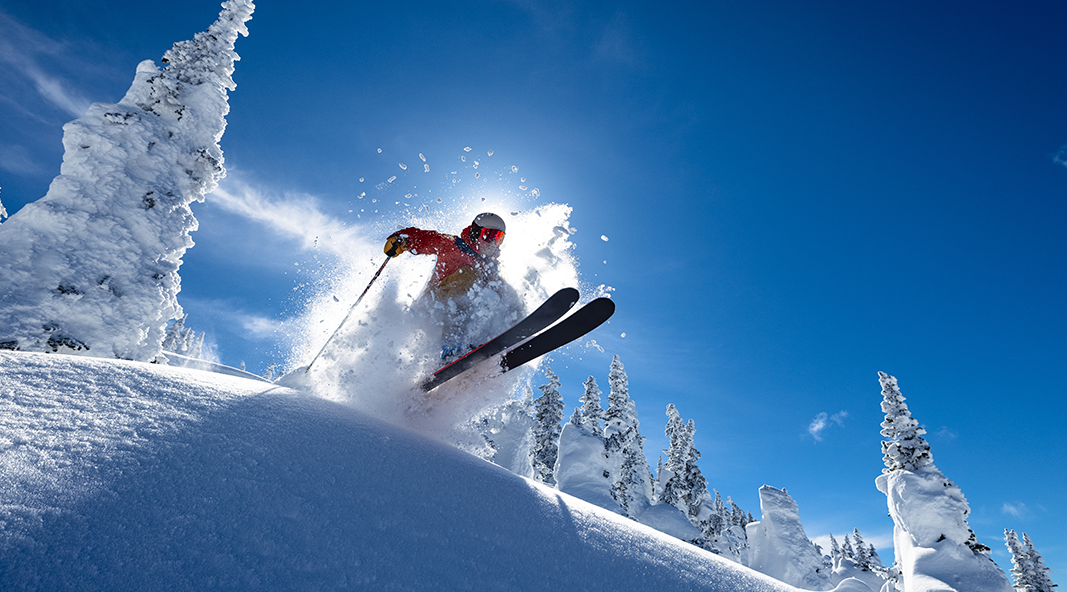
- by adam-anz
Rehabilitation Protocol Overview: Major Meniscus Repair
General Considerations Meniscus Repair Considerations: Flexion over 90 degrees loads the back of themeniscus, which is the area where tears most often occur. For this reason, flexion is controlled after
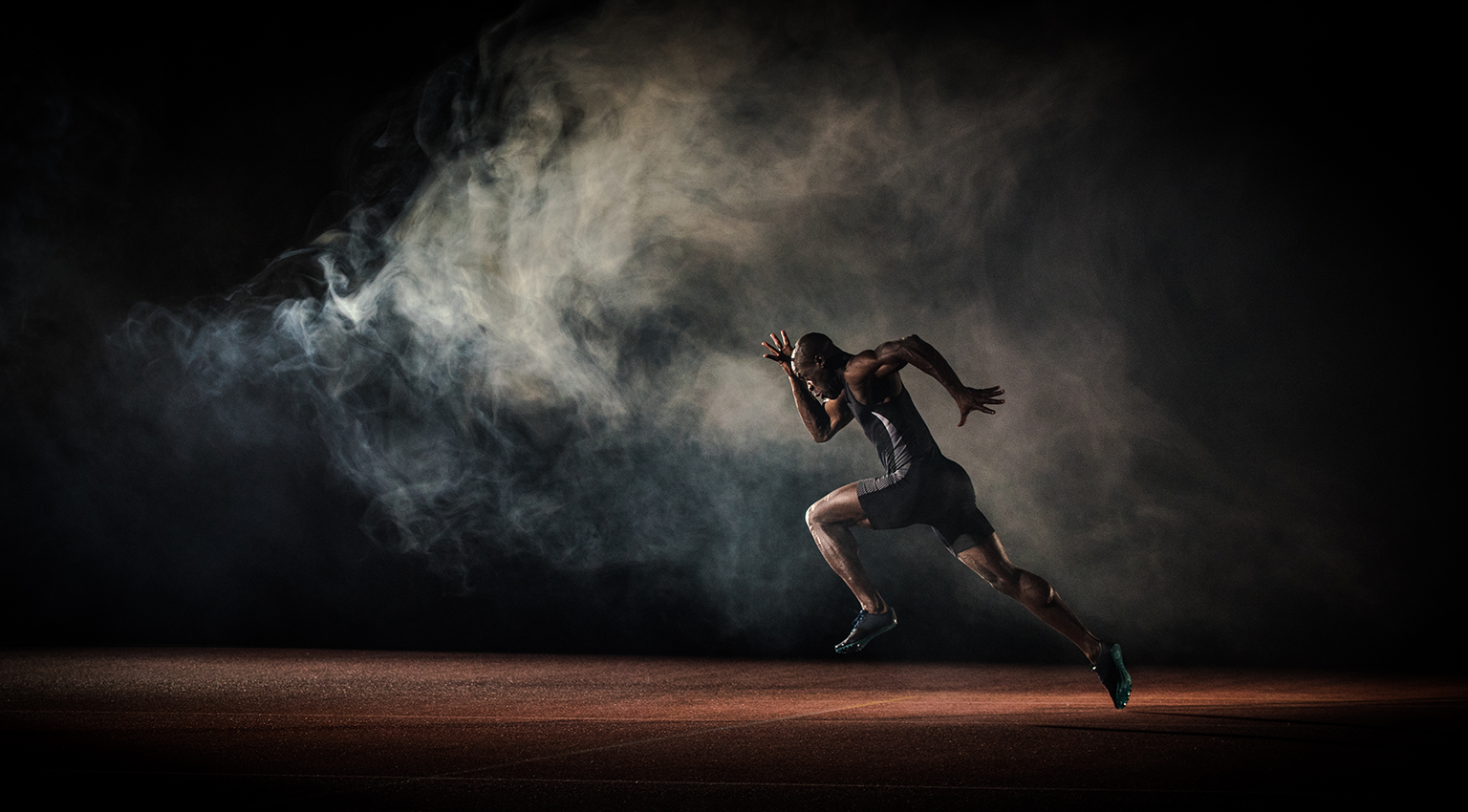
- by adam-anz
Rehabilitation Protocol Overview: Isolated ACL Reconstruction with No Meniscus Repair
General Considerations BRACE: The brace should be worn at all times for the first week, except to bathe and during physical therapy. After the first week, the brace should be
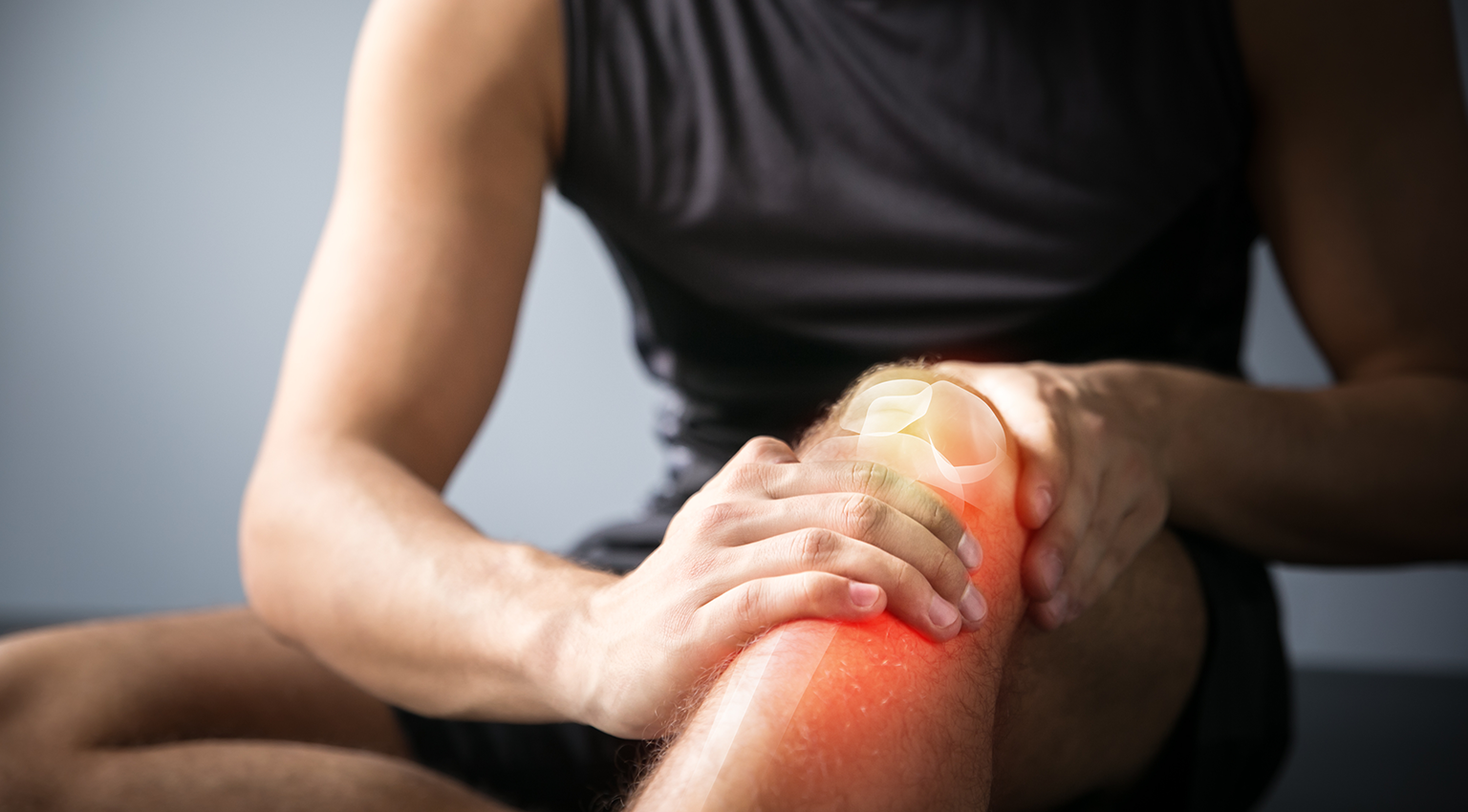
- by adam-anz
Rehabilitation Protocol Overview: ACL Reconstruction with Major Meniscus Repair
General Considerations Meniscus Repair Considerations: Flexion over 90 degrees loads the back of the meniscus, which is the area where tears occur during ACL injury events. For this reason, flexion
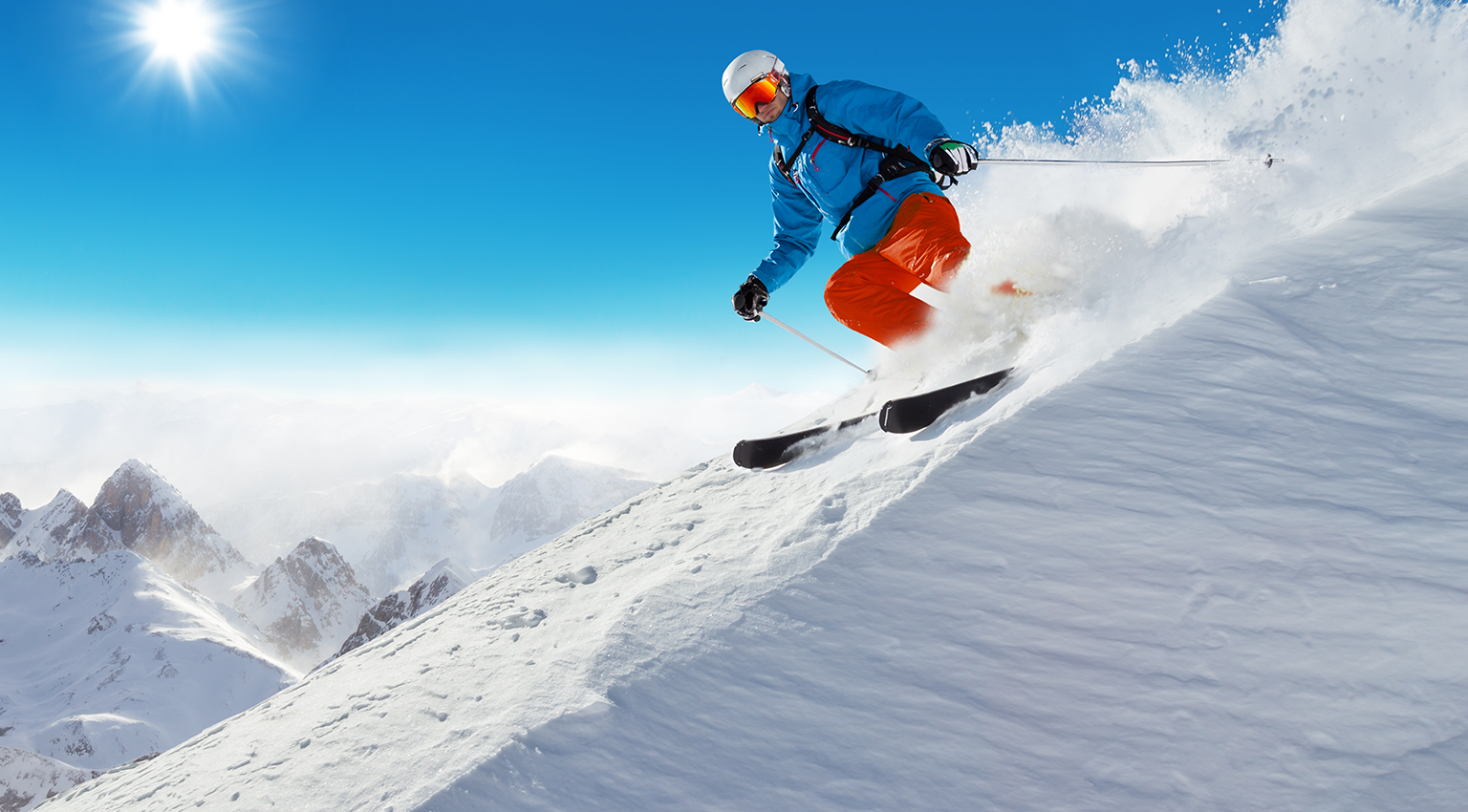
- by adam-anz
Rehabilitation Protocol Overview: ACL Reconstruction with Minor Meniscus Repair
General Considerations: Meniscus Repair Considerations:Flexion over 90 degrees loads the back of the meniscus, which is the area where tears occur during ACL injury events. For this reason, flexion is

- by adam-anz
Isolated ACL Reconstruction: Bone-Tendon-Bone AutoGraft // Post Op Procedure
General Guidelines // Precautions-Wear brace / immobilizer at all times except during bathing and physical therapy for the first 2 weeks. Keep brace locked in extension while the block is

- by Anz
When Is An Athlete Ready For Contact Sports After ACL Surgery?
Returning to Sport Following ACL Reconstruction After ACL reconstruction1, the most common question is also the most difficult to answer: “When will I be ready to go back to ___?”

- by adam-anz
Biologics in Rotator Cuff, Meniscus, Cartilage and Osteoarthritis Article
The article entitled “Application of biologics in the treatment of the rotator cuff, meniscus, cartilage, and osteoarthritis” reviewed the current status of the use of platelet-rich plasma, bone marrow aspirate,

- by Anz
ACL Knee Injuries
Injury Overview ACL knee injuries are among the most common injuries for athletes. The ACL (anterior cruciate ligament) is one of four ligaments that make up the knee joint and

- by Anz
The Biology of ACL Healing: The Wild Card of Recovery
Ligamentization – The Wild Card After an ACL injury1, reconstruction of the ligament is often a recommended treatment. One of the most critical steps in ACL reconstruction2 is grafting a
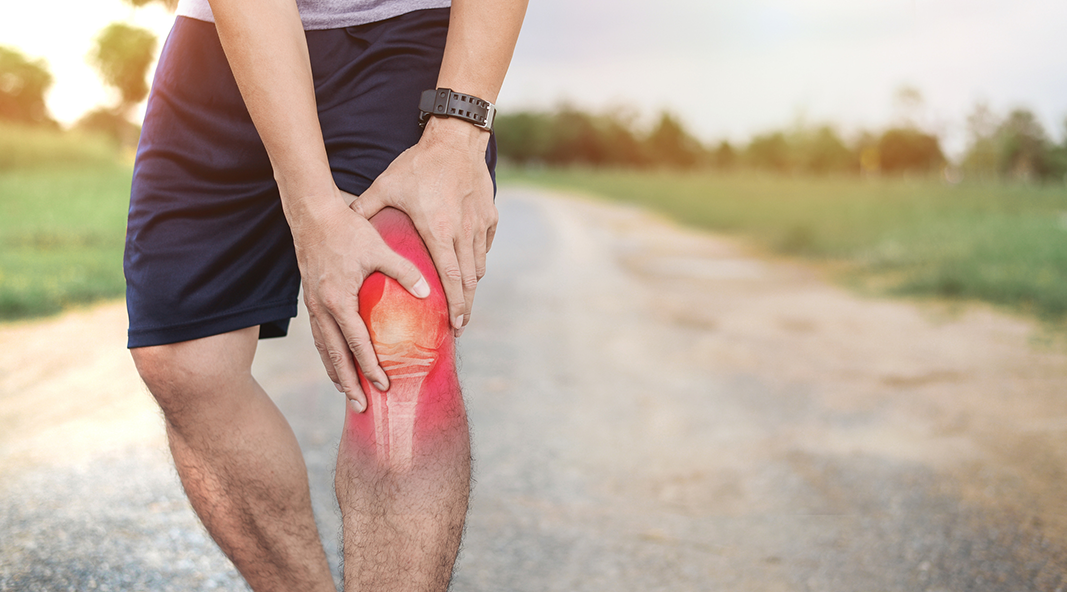
- by Anz
Save the Menisci: Meniscal Root Tears
Background & General Considerations The menisci are c-shaped, rubber-like cartilage discs that reside inside the knee joint. There are two menisci in every knee, one on the inner side (medial
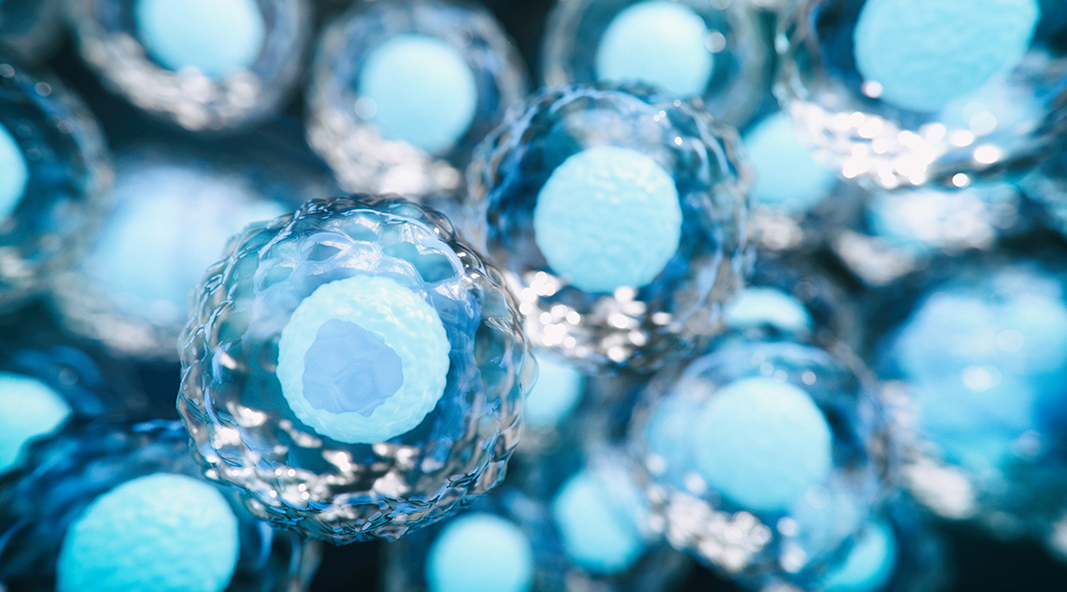
- by Anz
5 Things to Know About Stem Cell Use for Cartilage Regeneration
Thanks to Angie Stewart of Becker’s Spine Review for promoting “5 things to know about stem cell use for cartilage regeneration!” Click here to see the article
<div class="wpulike wpulike-default
- by Anz
Directions & Parking Information
Our office is located at: The Andrews Institute 1040 Gulf Breeze Pkwy Suite 203 Gulf Breeze, FL 32561 Phone: 850-916-8476 FAX: 850-916-8764 [wpgmza id=”1″] From the North Travel South

- by Anz
Biceps Anatomy Study
Thank you to Eric Branch for his help with our recent study on the biceps femoris. It was published last month in the Orthopaedic Journal of Sports Medicine. This tendon

- by Anz
Scientific Presentation in Lyon, France
Dr. Anz presented his research on meniscus repairs at this years International Society of Arthroscopy, Knee Surgery, and Orthopaedic Sports Medicine in Lyon, France. The study evaluated a new method


